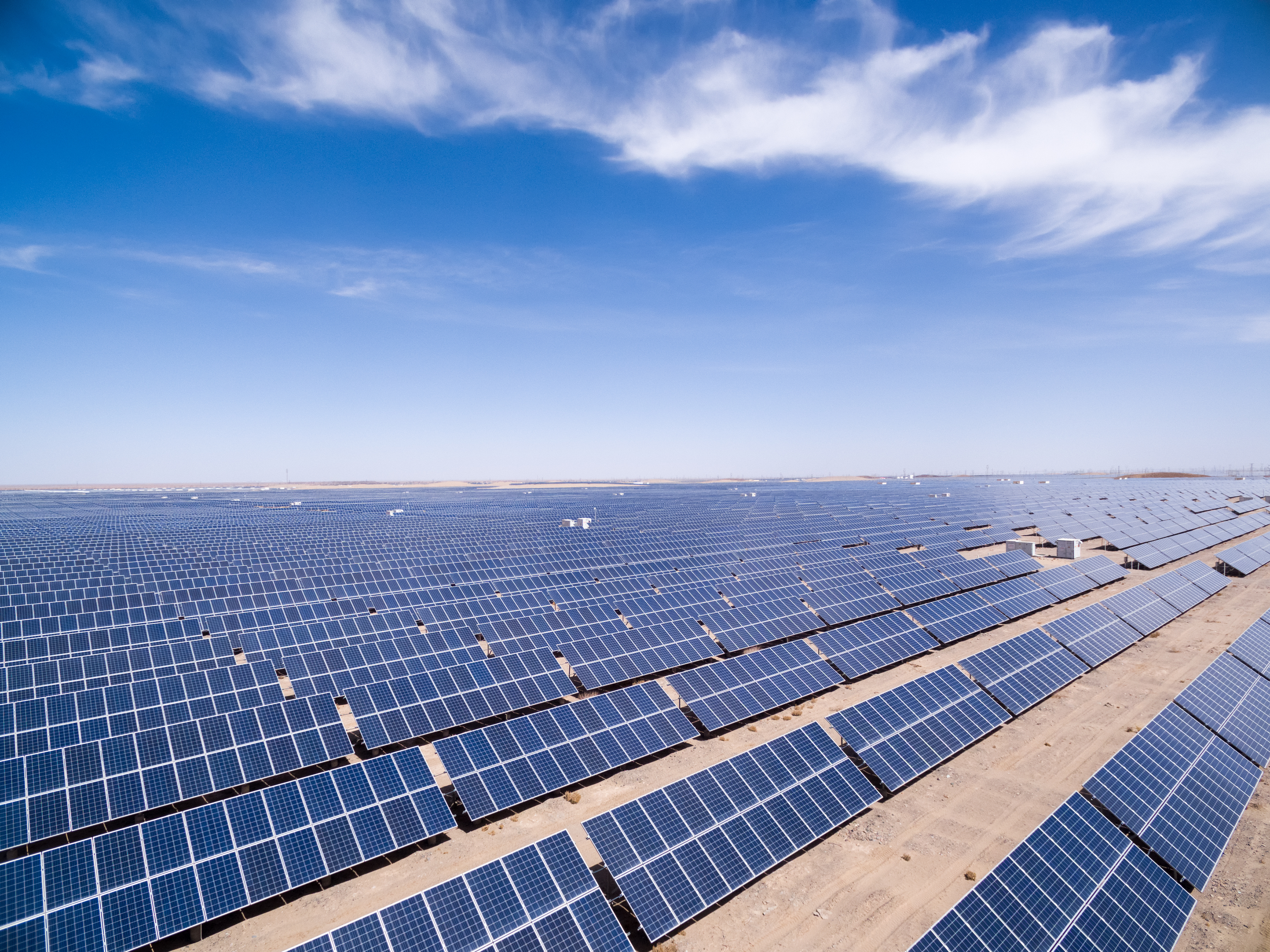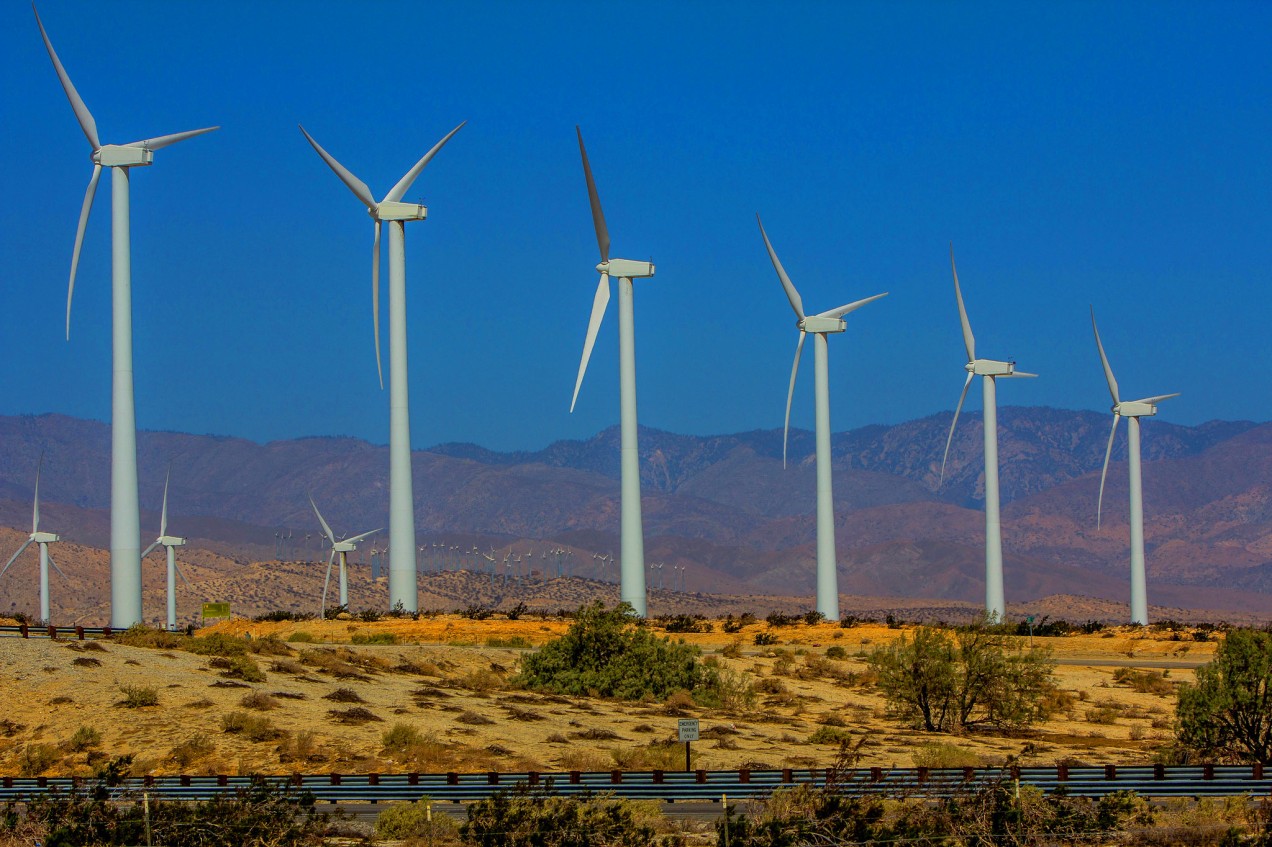What substitutes exist that would be able to replace Big Oil? Through its long, wealthy history, the Big Oil industry has dominated the energy sector; however, new methods are continuously being explored in hopes of eventually getting away from the old methods and into more eco-friendly options. As different methods of energy have been developed, many different avenues have been explored. National Geographic reported as early as 2004 that oil may soon decline. Although the Earth will not run out of coal in the near future, nor will the untapped deposits of oil shale and tar sand run out in the near future, it is becoming more and more apparent that the carbon dioxide that results from coal and fossil fuel usage has caused dramatic warming to the planet. So, what other options exist?
Nuclear power, solar power, and wind power are among the most widely used substitutes for oil energy. Although fossil fuel usage is still the primary source (by a great margin) of energy, these three methods in particular have been used more and more frequently in recent years.

So, just realistic are these different methods?
Nuclear power uses nuclear reactions to produce heat, which is then used to turn turbines and produce electricity. The fuel for nuclear power plants, uranium, contains the same amount of energy as a ton of coal in a single pellet, hardly larger than a pencil eraser. NASA is known to support nuclear power, believing that this method can produce the most energy while having the least destructive impact on the environment. Countries such as France have been very proactive with nuclear power, producing over 80% of its electricity through this method. However, other countries are beginning to follow in their footsteps. Nuclear power is seeing increasing usage in the world today and may become even more prevalent as time goes on.

Solar energy is able to take energy from the sun and convert it into thermal or electrical energy. It is the most abundant energy resource in the world, as an unbelievably large amount of energy strikes the Earth’s surface continuously (173,000 terawatts!). Solar energy is becoming increasingly popular as well, with the global solar market expanding nearly 30% between 2017 and 2018. While China remains the largest producer of solar energy in the world, other countries are beginning to catch up; the U.S. currently sits in second place. Last year, it was estimated that 70,000 solar panels will be installed each hour for the next five years, an astonishing estimation that proves just how popular solar power is becoming in the world today.

Wind power is a process that converts wind into mechanical power or electricity. Wind turbine use has increased over 25% per year during the last decade, but still provides a small portion of global renewable energy today. Wind power is cost effective, creates jobs, and is very sustainable; technically, it is a form of solar power, since winds are caused by the uneven heating of the Earth’s surface by the sun, as well as Earth’s rotation and irregularities on the surface. Due to these reasons and many more, wind energy is growing very rapidly, especially in the U.S.

In conclusion, many different energy sources exist that can replace oil and fossil fuels. These are a few of the many that are being employed in the world today in order to produce more sustainable, more eco-friendly energy. As climate change continues to become more prevalent, these methods will continue to grow. Maybe one day, they will become the sole sources of energy in the world; we will just have to wait and see.